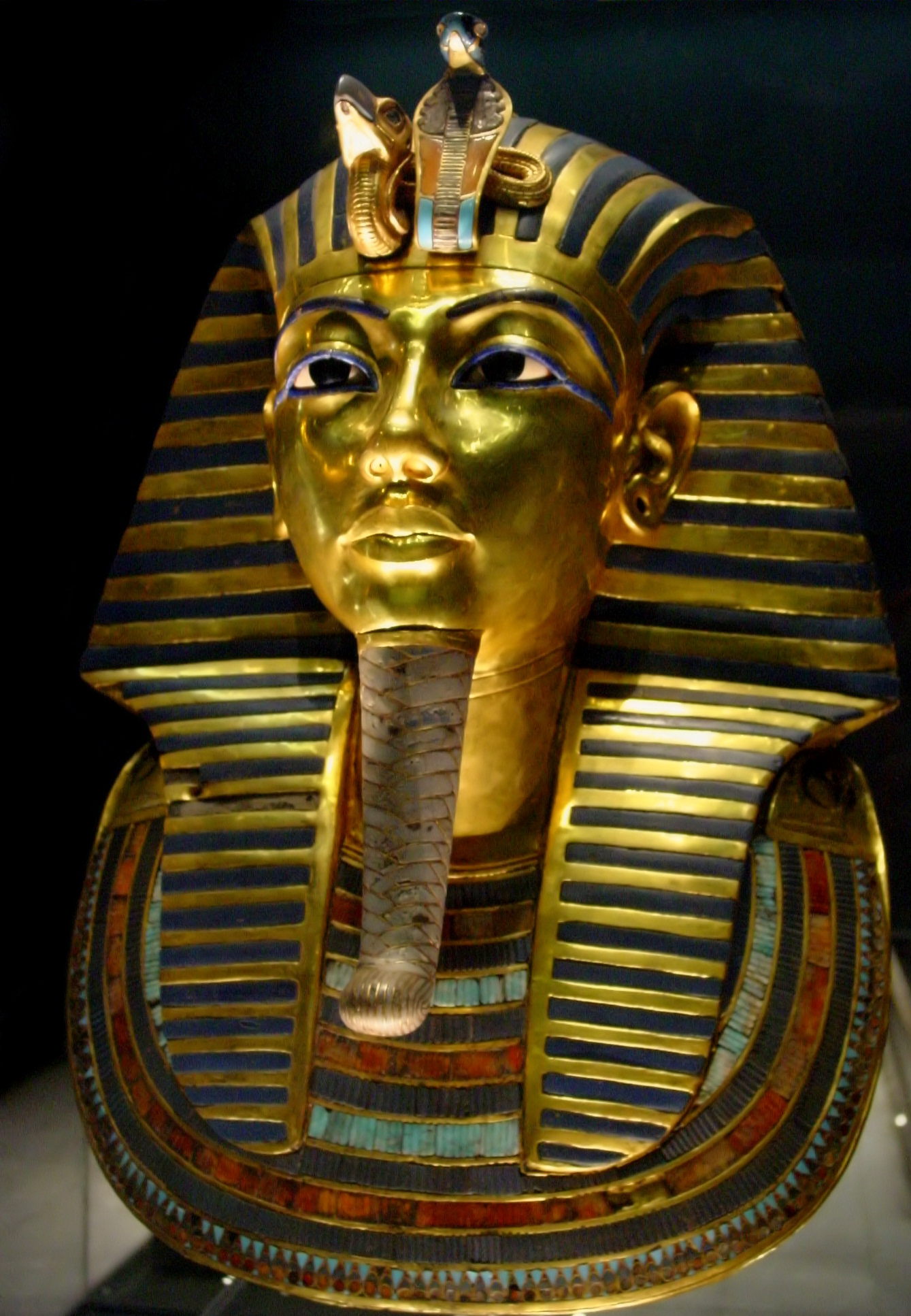Egyptian Mummies' secrets unraveled
Interview with
New research has shown that the ancient Egyptians were mummifying their  dead 1,500 years earlier than we previously believed, meaning the history books may need updating. The Egyptians were also traveling a lot further afield than we had imagined. Georgia Mills spoke to Stephen Buckley, from the University of York, to find out what this research has unraveled.
dead 1,500 years earlier than we previously believed, meaning the history books may need updating. The Egyptians were also traveling a lot further afield than we had imagined. Georgia Mills spoke to Stephen Buckley, from the University of York, to find out what this research has unraveled.
Stephen - Before this study, we thought that Egyptian mummification started around 2600 BC, but this study actually pushes back the origins of Egyptian mummification to around 4300 BC. So, back by about 1500 years. The big thing we found out is that they were actually using complex recipes, embalming agents on prehistoric mummies, a great dealt earlier than we originally thought.
Georgia - How did you find this out?
Stephen - We found this out using chemistry essentially. The study actually involved looking at funerary textiles that had been treated with embalming agents. Getting a chemical fingerprint of what these materials were, and rather than it just being resin, which is one substance, we actually found it was a mixture of ingredients, and quite complex - and they'd also heated these materials together, so they've gone to quite some effort before they applied them to their dead. So you actually see that the embalming agents in the prehistoric burials are remarkably similar to the embalming agents that we used 3000 years later when Egyptian mummification was at its very best.
Georgia - Why were they making this embalming fluid? What did they want to achieve with it?
Stephen - I think in these very early burials, where these ingredients may have started is that they had some symbolic significance connected with the properties of the animals and plants they came from. They noticed that because these recipes contained antibacterial components, the pine resin and an aromatic plant extract are strongly antibacterial, they probably noticed that while they were in direct contact with the body, you actually had preservation of the soft tissue which of course is what a mummy is. And then from that made the connection, if the body survives, perhaps the individual can survive, cheat death if you like. And so, mummification became an integral part of their belief system. They believe later that the body had to be preserved in order for the spirit to get into the afterlife and if there was no body, they were dead forever. So, mummification was extremely important. What's interesting which suggests that recognition started actually in the prehistoric period as early as the late Stone Age.
Georgia - They were mummifying their dead a lot longer ago than we thought. What else does this tell us about Egyptian culture?
Stephen - I think it tells us that the Egyptians had a degree of relative sophistication quite early on. So, their lives were relatively complex even 4000 plus B.C. This is a nice part of the research because it has been true within Egyptology for quite some time, the view that at this time, the Egyptians were barely capable of getting out of the front door. And that they were very localised and exploiting local resources, perhaps making it to the Red Sea, but not going too far. Well, this research shows clearly that they were going up to the north-east and Mediterranean and doing this over a period of centuries. And so, the world is quite big.
Georgia- How do you know that their world was so big?
Stephen - We know their world is big, simply because one or two of the ingredients, the pine resin for example is a temperate pine and the nearest source for that is what is now southeast in Turkey. So, it has to come from at least that far. Why they were able to get around? Certainly, parts of it was the use of waterways, using that rivers that ran in the valleys across the eastern desert. In the late Neolithic period, the environment was warmer and wetter. So, the rainfall meant that you have seasonal rivers and that made it much easier to get around. But the environment did change. So, in the late Neolithic, it was warmer and wetter. But then there was this fairly dramatic change in climate around 3800, 3700 B.C. where it went to cool-dry, seasonal rivers dried to a significant extent. So, it actually became more difficult to get around. You actually see a move away from marine resources in the actual embalming agents to more terrestrial based materials.
- Previous 'Talking' Plants
- Next The Origins of the Moon









Comments
Add a comment